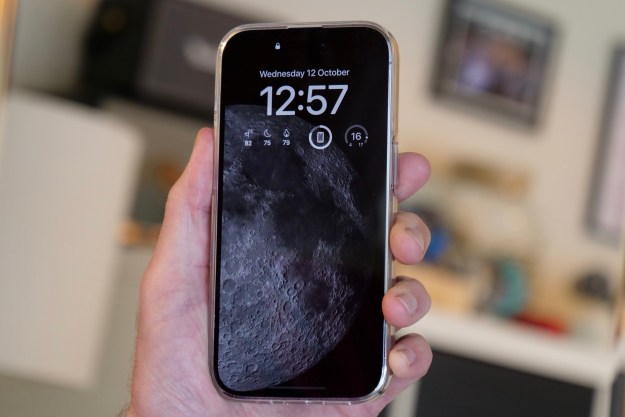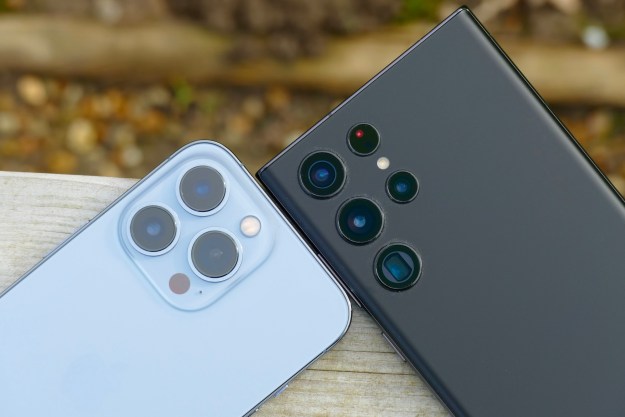
Apple has reportedly placed its first order for its next-generation iPhone with a Taiwan-based electronics manufacturer, according to DigiTimes. The devices, said to be produced by Pegatron Technology, are set to ship in September of this year.
In 2010, Pegatron produced 10 million CDMA iPhone 4 units for sale at Verizon, says DigiTimes, but low first quarter sales caused some financial pain for the manufacturer. Despite this, business from Apple is generally a good bet, and the company has reportedly begun hiring more staff at its factory in Shanghai, China.
According to the sources who spoke with DigiTimes say that the iPhone 5 “does not have any major update from iPhone 4.” This is something we’ve heard time and again with the next iPhone, and the more reports like this that come out, the harder it’s becoming to ignore the very real possibility that Apple’s next handset won’t be much of an upgrade.
Those who’ve been keeping a close watch on the next-gen iPhone rumors know that there is much talk about two separate devices: The first sounds much like the smartphone mentioned above, with little new to boast about save a much faster A5 processor, possibly a different-sized screen and an upgraded 8 megapixel camera. Most of the time, this device is referred to as the “iPhone 4S.”
The other rumored Apple handset, commonly called “iPhone 5,” is a far more revamped device, with a completely different, tear-drop shape; a larger, edge-to-edge screen and a variety of other speculated upgrades.
Some market analysts have predicted that Apple plans to release both the iPhone 5 and iPhone 4S this year. The iPhone 4S would be a much less expensive device, and serve as Apple’s answer to the growing number of bargain devices that run Google’s Android mobile operating system. We’ve argued that the iPhone 4S makes sense for Apple to release. But if this above report is true, that might be all we get this year.
Either way, this report corroborates a slew of earlier reports that we’ll see the next iPhone — whatever it’s called — in September. So, if you’re planning to get your hands on the handset, we’d start saving your nickles now.
Editors' Recommendations
- iPhone 16: news, rumored price, release date, and more
- iPhone SE 4: news, rumored price, release date, and more
- Here’s how Apple could change your iPhone forever
- How to connect an iPhone to a Mac with or without a cable
- How to use iMessage on an Android phone or tablet


